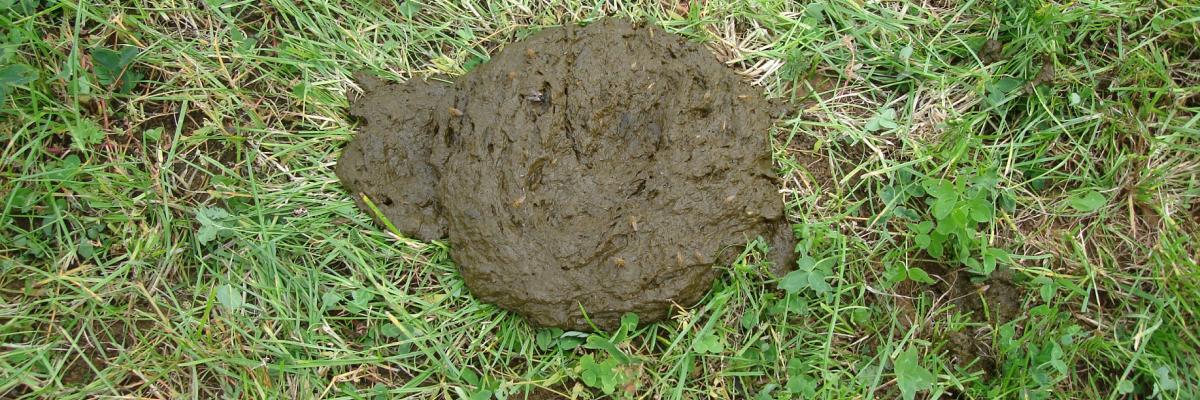
The Farm Crap App Pro
View the app
In addition to improving soil structure and organic matter levels, your farm manure can be a valuable nutrient source. This webpage explains and provides access to the Farm Crap App Pro; a manure management app developed by the SWARM Hub and Rothamsted Research North Wyke. As described, the app can help you get the most from your manure utilising the nutrients efficiently and gaining environmental and economic benefits. You can use it to visually assess application rates and calculate what is being provided in terms of the available nutrients. You can also obtain estimates of potential savings you may make in artificial fertilisers. It allows you to select different seasons, crops and manure type and access information on what the manure will provide in terms of fertiliser value. As outlined, there are three key components of the user interface; an input-led calculator, an image library and record sheets.
As explained:
- You can input information on your manure or slurry spreading rates. The calculator determines the amount of crop-available nutrients; nitrogen (N), phosphorous (P) and potassium (K), within the manure at different spreading rates. This helps you decide how much to spread in order to meet the crop requirements, reduce waste and environmental damage and save money.
- You can use the image library (to which you can add your own photos), as a visual reference guide to estimate the spreading rate of manure you have already applied to a field and to calculate the amount of crop available nutrients that have been applied.
- You can retain information on field spreading events for your farm records (through a generated report).
- Data built into the app is based on the Defra RB209 Fertiliser Manual and information contained within a Tried & Tested publication ‘Think Manures.’
- Along with the free app, you can also access two comprehensive user guides from this webpage (for Android and Apple devices).
- As stated in the user guides, the app can only be used to determine inputs into the soil and does not take into account the current NPK indices of the soil.

